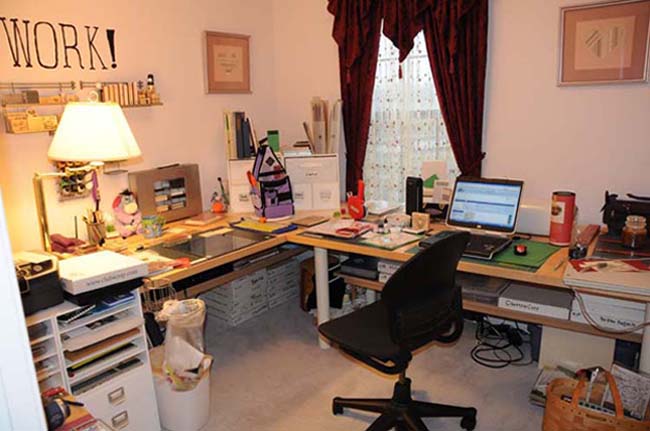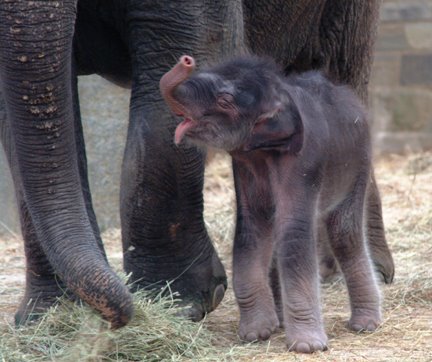We've all seen them. We may have even made one or two. A lovely quilt or wall hanging that won't hang straight. Perhaps it has waves, or a corner that curls. But it does not hang straight and square. On a bed, it will never be noticed. On a wall, it is a slight annoyance that you, the maker of the quilt, just can't ignore. Sometimes, the problem isn't there at first, but after the quilt has been hanging for a while, it shows up.
What happened? Often, pieces of fabric were not cut on the straight grain of the fabric. Usually, it is the sashing or the border that causes the problem. To prevent this, the strips of fabric can't just be the correct width, they have to be on grain.
What is 'on grain?' It means that one single thread is the edge thread all along the cut edge. And the seam line should not wobble around, either. If the seam starts between the fifteenth and the sixteenth thread, it should stay there. In reality, this kind of accuracy is not reasonable to strive for and ripping out seams that wobble slightly is not required. But seams and cut edges that meander will cause those waves. And the more the meandering, the worse the waves will be.
Fabric just wants to hang there. It is lazy. The threads that run vertically don't want to tango from side to side, they want to hang like the string on a plumb line. The horizontal threads don't want to ski over moguls, they just want to lie flat. If they cause the quilt to hang in waves, they don't care. The threads want to be vertical or flat. The quilt can just bend around them.
Another reason quilts don't hang straight is that fabric stretches differently along the width and the length. Length of fabric is along the selvedge. Fabric has no stretch along the length. Width is from selvedge across to the other selvedge. Fabric will stretch a bit along the width. Some strips cut along the width, mixed with strips cut along the length will cause waves as the quilt hangs.
Saturday, June 14, 2014
Subscribe to:
Post Comments (Atom)





No comments:
Post a Comment